- Causes of Testosterone Deficiency in Women
- Disruption to Testosterone Production
- High Sex Hormone-Binding Globulin (SHBG) Levels
- Oestrogen Tablets and Oral Contraceptives
- Non-Hormonal Drug Therapies
Disruption to Testosterone Production
When areas in the body responsible for directly or indirectly producing testosterone (the ovaries, the brain and the adrenal glands) are diseased or compromised, the result is a significant reduction in blood testosterone levels.
If both ovaries are removed (bilateral oophorectomy) or premature ovarian failure occurs, there is an immediate 50% reduction in testosterone levels.
If the adrenal glands are removed (adrenalectomy) there is also a 50%Â reduction in testosterone levels.
If certain areas of the pituitary gland in the brain are affected by disease or damaged (hypopituitarism), the chemical messengers that stimulate the adrenals and ovaries to produce testosterone are affected. This can result in as much as a 100% decrease in testosterone production.
High Sex Hormone-Binding Globulin Levels -Â Sex hormone-binding globulin (SHGB) is a transporter protein found in the blood. It acts as a carrier to move hormones around the body.
Up to 99% of testosterone produced in the body is bound to SHBG. Once testosterone is bound to SHBG (bound testosterone), it is inactive.
Testosterone to which SHBG does not attach is biologically available testosterone. This is free to act on cells throughout the body (free testosterone or free T). Free testosterone is the vital component to measure when having a blood test. Measuring total testosterone alone is not an accurate determination of the amount of ‘free’ testosterone present.
Because SHBG has such a significant effect on testosterone, it is essential SHBG levels be considered when doing blood tests. High SHBG will result in free testosterone being low, hence the underlying cause of lowered energy and libido. For more information on hormone blood testing, turn to page 18.
Factors which increase SHBG and lower free testosterone include:
- Oral oestrogen (including oral contraceptives, HRT tablets)
- Thyroxine tablets
- Increasing age
- Alcohol
- Smoking
- Some anticonvulsants e.g. phenytoin
- Pregnancy
- Reduced liver function
Oestrogen Tablets and Oral Contraceptives
There is a very close relationship between the hormones testosterone and oestrogen. The standard form of oestrogen supplementation used in hormone replacement therapy (HRT) and for oral contraception (the Pill) is the oestrogen tablet. Taking oral (by mouth) oestrogen increases the effect of sex hormone-binding globulin (SHBG). SHBG binds to testosterone circulating in the blood and reduces the ‘free testosterone’. This reduction of free testosterone potentiates the likelihood of women exhibiting signs and symptoms of testosterone deficiency.
There is little or no effect on SHBG levels with standard oestrogen patch therapy or oestrogen gels and creams, due to the different dose form (transdermal delivery). SHBG levels only become raised when oestrogen is swallowed and passed through the liver.
If a woman is using HRT or the Pill and experiencing a lowered sexual drive or unexplained lethargy and fatigue, it is advisable to change to a non-oral dosage form. This will reduce SHBG levels in her blood, freeing up testosterone. This increase in free testosterone should result in an improvement of symptoms. If not, then testosterone cream may be required.
Non-Hormonal Drug Therapies
The use of certain medications are not directly linked to testosterone production, however, they are still an important consideration in determining causes of decreased sexual desire.
Non-Hormonal Drug Therapies
The use of certain medications are not directly linked to testosterone production, however, they are still an important consideration in determining causes of decreased sexual desire.
These medications which may interfere with sexual desire include:
SSRI’s, tricyclics antidepressants – used to treat depression
Oral oestrogen – used in the oral contraceptive pill &  HRT
Clonidine – used to treat hot flushes
Medroxyprogesterone acetate (MPA)Â – used in contraception & HRT
Spironolactone, cyproterone acetate – used to treat hirsutism
Danazol – used to treat endometriosis
Benzodiazepines – used to treat anxiety & insomnia
Beta blockers – used to treat hypertension
H2 antagonists – used to treat oesophageal reflux
Ketoconazole – used to treat vulvo-vaginal candidiasis
Gemfibrazol – used to treat hyperlipidaemia
Under no circumstances should patients change or cease taking medications without the consent of their doctor. If a patient is taking one or more of these medications and experiencing a lowered sexual desire, he or she should consult their medical practitioner.
Signs and Symptoms of Testosterone Insufficiency
In 2002, many of the world’s leading medical researchers and clinicians in the areas of endocrinology, gynaecology and sexual health met at Princeton University, in the USA. They produced a document entitled ‘The Princeton Consensus Statement’. This document provided a definitive classification of female androgen insufficiency. It made recommendations regarding diagnosis and assessment of androgen deficiency states in women.
The androgen-insufficient female was defined as having:
- Diminished sense of well-being, dysphoric mood and/or blunted motivation
- Persistent, unexplained fatigue
- Sexual function changes including decreased libido, sexual receptivity and pleasure
- (Potential) bone loss, decreased muscle strength and/or changes in cognition/memory
The Princeton Statement set these symptoms against a background of women having adequate oestrogen levels, testosterone blood levels being in the lower range of normal healthy females and the ability to exclude other causes that could bring about their symptoms.
Typical symptoms of diminished testosterone levels include:
- Loss of sexual desire
- Unexplained tiredness and fatigue
- Mood changes
- Sleep disturbances
- Reduced motivation and
- Body shape changes
Since then the North American Menopause Society, The Endocrine Society, the Australasian Menopause Society and the International Menopause Society have all issued guidelines for medical practitioners
on the use of testosterone in women. This is despite the fact no FDA (the US Food and Drug Administration) product has been approved.
Studies show in the United States approximately 600,000 hysterectomies are performed annually. Bilateral salpingo-oophorectomy (removal of both ovaries) is performed in conjunction with hysterectomy in about half of all women. Reasons for these additional oophorectomies may include prophylactic prevention of ovarian cancer, endometriosis or pelvic inflammatory disease.
The cost in terms of immediate onset of menopause, loss of sexual drive and potentially diminished quality of life is unknown.
Other women, for various reasons, have lower than normal testosterone production even without removal of the ovaries. Their symptoms are no different to those listed above.
Female sexual dysfunction (FSD)Â is the general medical term given to women who experience sexual difficulties including loss of sexual desire, lack of arousal and low libido.
FSD has four main sub-categories:
- Hypoactive Sexual Desire Disorder (HSDD): defined as a lack or
absence of feelings of sexual desire. - Sexual Arousal Disorder (SAD)
- Sexual Pain Disorder and
- Orgasmic Disorder.
These issues are covered in greater detail in the booklet Understanding Low Libido in Women including access to an online Female Sexual Function Index self-assessment questionnaire
Understand more on testosterone in women:
Testosterone in women explained
Testosterone treatment for women
The information in this article has been taken with permission from the official Lawley booklet on Understanding Testosterone for Women.
Testosterone cream for Women Quick Q & A


